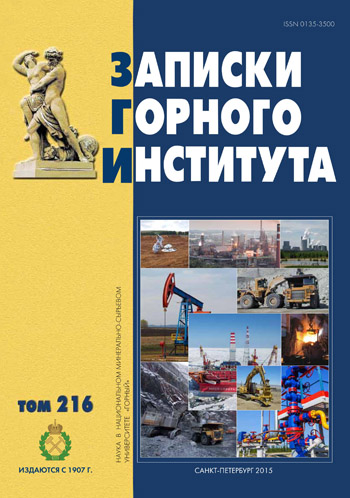Design procedure of pressure losses for hydrotransport of the high concetration pulps
- 1 — Ph.D., Dr.Sci. professor National Mineral Resources University (Mining University)
- 2 — Ph.D., Dr.Sci. professor The Institute of Hydrodynamics of the Academy of Sciences
Abstract
In the paper it is shown that application of standard design methods for hydrotransport used for slurry with small concentration of a solid phase and for hydrotransport of high concentration slurry leads to considerable divergences between practical values of pressure losses which are received as a result of calculation. A major factor, which defines errors of calculation of hydrotransport of slurry with high concentration of a solid phase by means of standard techniques, is that these techniques do not consider rheological characteristics and parameters substantially influencing the amount of spe-cific pressure losses. The offered model of a pulp movement and technique developed on the basis of this model allow to define hydrotransport parameters with a margin error no more than 0,1.
